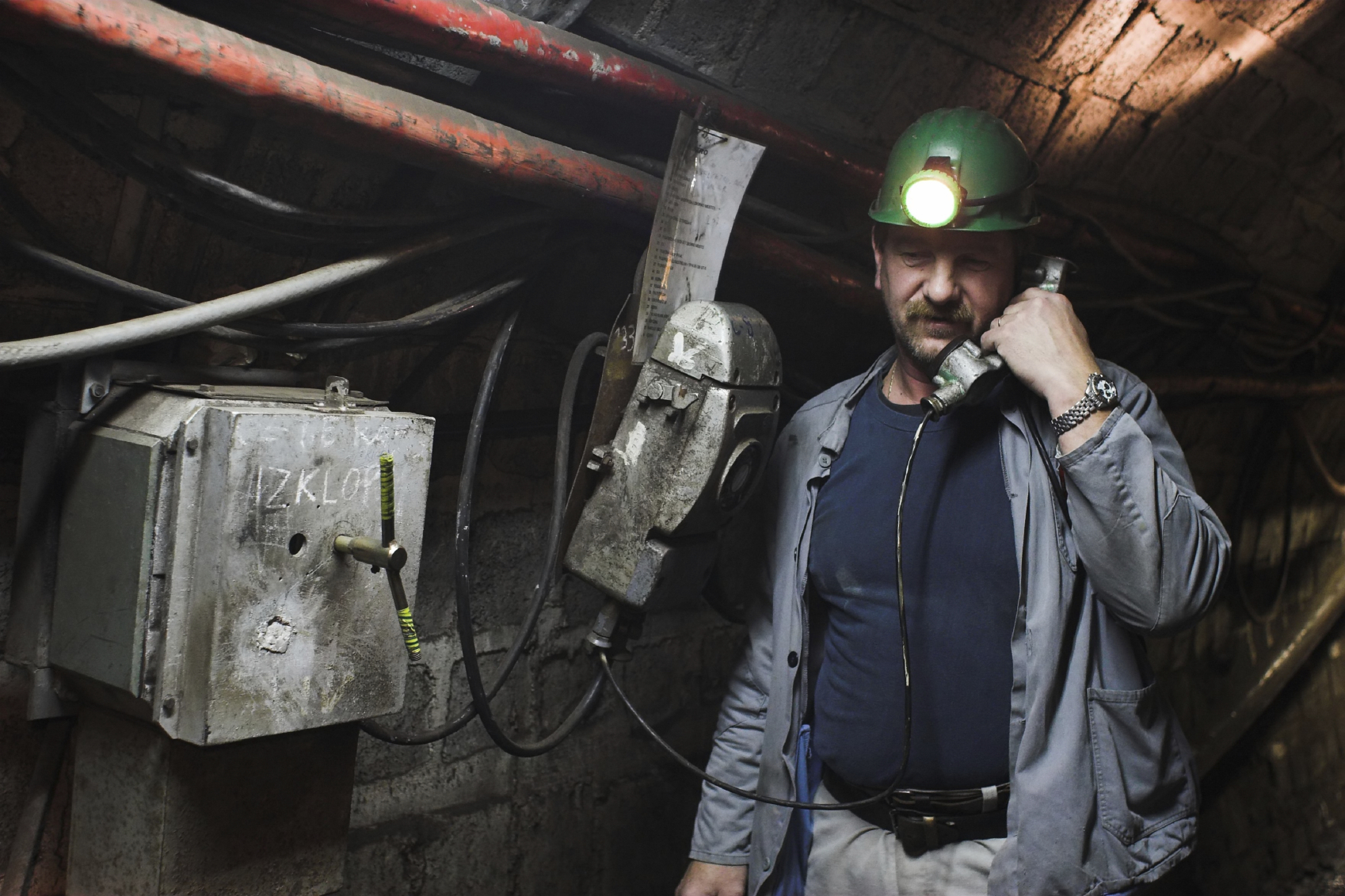The Case for Techno-Simplicity in a Remote Medical Emergency

The Case for Techno-Simplicity in a Remote Medical Emergency
Mar 3, 2020 | Dr. John Ross MD FRCPC
—
For more than 20 years, PRAXES has been providing 24/7 access to experienced, Canadian-certified emergency doctors. Due to limited telecommunications and video technology, telephones were the only reliable connection possible for people calling from remote locations. Although technology has changed considerably over that time, the basic principles of quickly connecting an emergency patient with a diagnosis and treatment expert is the same.
Research continues to confirm that the most important part of the diagnostic process is a detailed, methodical history (question and answer). It both ‘rules out’ and ‘rules in’ various possibilities. For example, there are almost 20 causes of chest pain – some serious, some not. A good history identifies the problem between 60-80% of the time. Physical examination, including vital signs, adds some value. Diagnostic testing adds relatively little.
PRAXES physicians have been making safe, reliable decisions in collaboration with information provided by callers, without the use of expensive (and sometimes complicated) telemedicine devices. In time-critical cases, when a patient’s condition is quickly changing, setting up, connecting and remembering how a rarely-used machine works can interfere with basic patient care (fixation error).
American-trained doctors tend to rely more on technology, whereas doctors trained in Canada, the UK, Australia, and parts of the EU have stronger history and physical exam (clinical) skills and require less technology for decision-making. Most PRAXES clients use basic tools for obtaining vital signs – blood pressure, heart rate, oxygen saturation (taken together), temperature, respiratory rate and blood sugar. The numeric results are communicated to the doctor over the easy-to-use and highly-reliable telephone (a satellite phone in most cases). Photos can be sent as needed (ex. rash, wound, eye, throat). Video can be used but uncommonly required and is unreliable due to weather, bandwidth and connectivity.
PRAXES currently has a contractual requirement to test a ‘fully integrated’ telemedicine device on a large seismic ship. Every two weeks the medic and doctor test the connection and various peripheral devices. Less than 15% of the time a video and audio connection can be established due to weather, sea state, ship satellite, user error or equipment malfunction. There is a significant lag time in both audio and video due to distance, bandwidth, compression technology and encryption requirements. Connectivity of all the peripheral devices has never happened over the last year of testing. The medic knows in a real emergency, just use the phone.
PRAXES physicians are very comfortable helping to manage patients without unnecessary technology. Rather than spending a lot of money on high-tech (and unreliable) machines, we prefer clients invest in the general health and knowledge of their crew, first aid training, a proper medical kit for their vessel and voyage, access to a satellite phone and basic vital sign tools so the caller and the doctor can focus their attention on the patient.
—
For more information on this type of training, and any other remote health services PRAXES offers, please contact us:
FIND OUT MORE
